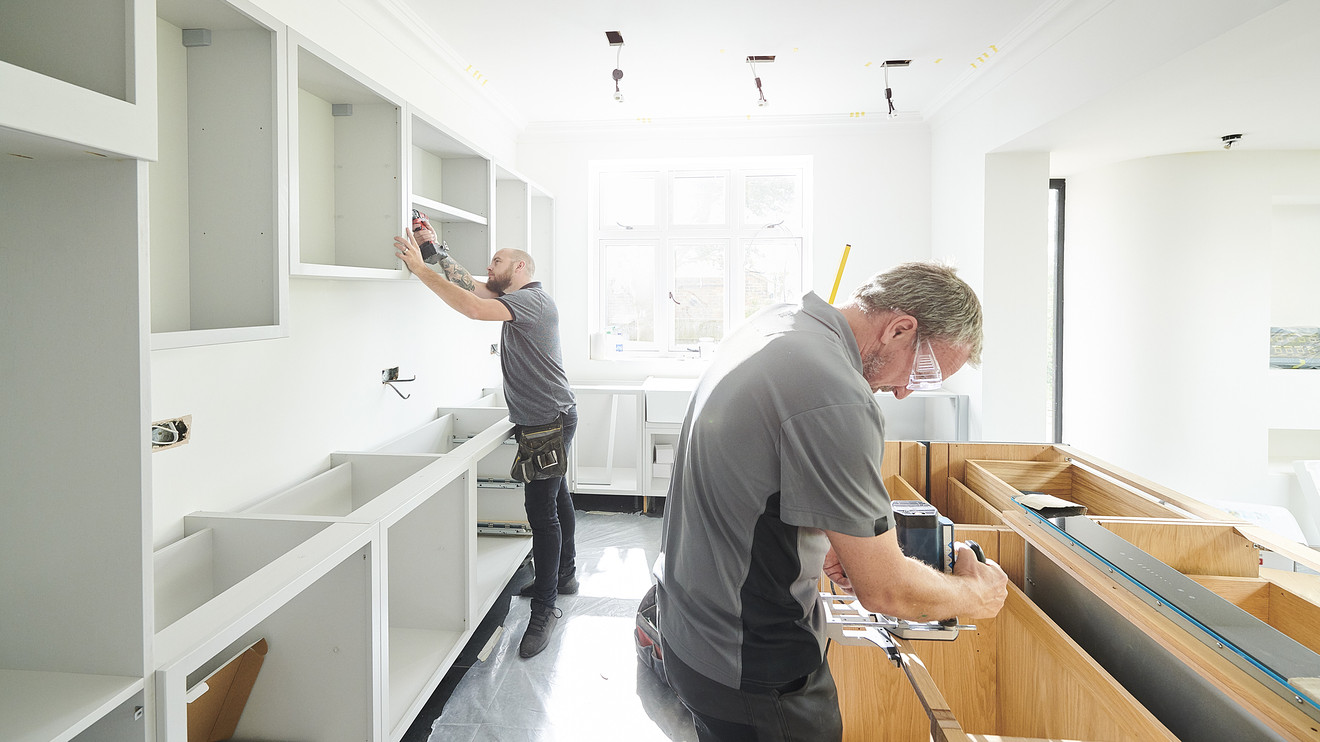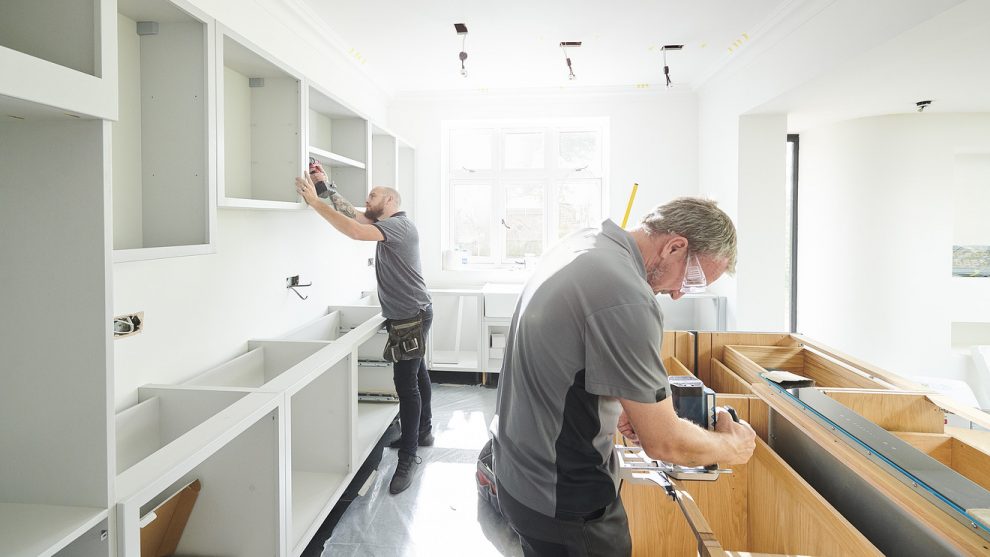
This article is reprinted by permission from NextAvenue.org.
After retiring, the chance to stay in the home where you’ve built up memories and grown comfortable may sound perfect. But to age in place well, you may need to do some renovations. The question is: Which ones are worth the cost?
“If you plan on aging in place, there are two things to keep in mind,” says Cristina Miguelez, a remodeling specialist at Fixr.com. “The first is what it is that you need to remain in your home. The second is that you need your home to maintain its value and salability regardless of what you do to it.”
As you look around your home, it may be helpful to draw up a list of potential renovation projects and then evaluate them based on what you think you’ll need in coming years.
You may want to arrange for a consultation with a home renovation pro to discuss possibilities. Due to growing numbers of people wanting to age in place, the Chubb insurance company just started offering its homeowner clients a free home accessibility risk consultation service.
Six home renovations worth their cost
Here are six home renovation projects that experts say are worth their cost in retirement:
1. An accessible kitchen
“What modifications you actually do will be dependent on your needs,” Miguelez says. Putting in a pullout pantry and placing the microwave on a counter or below counter height might make the space easier to work in. Adding space and lowering counters could create a kitchen that would be wheelchair-friendly if you ever needed that option.
A midrange minor kitchen remodel in 2019 costs an estimated $22,507, according to Remodeling magazine’s Cost Vs. Value Report.
You might spend more or less, depending on the adjustments you make.
2. A new home office
You may not head to work every day in retirement, but you might want a place to work part-time from home, as well as look over the bills. Designing a home office you love offers the opportunity to have a productive, comfortable area.
“Whether this means repurposing a current space or completing a small home addition, it’s definitely a good investment — not to mention it holds a solid ROI (return on investment) when it comes time to resell,” says Kaitlin Martin, of Choice Windows, Doors & More, a home renovation company in Lancaster, Pa.
The cost of turning a room into a home office will depend on its size and your preferences. But Remodeling magazine says you can figure a home office remodel running about $187 a square foot.
3. An easy entrance
To make sure your home will be easy to get in and out of as you get older, make sure it has at least one exterior door with a flat entry or a ramp, rather than steps.
“Designs and materials today allow accessible ramps to be an integrated part of the finish and architectural design of the home,” says Jim Magliaro, vice president and risk consulting technical leader at Chubb Personal Risk Services.
If the interior has tight doorways, consider adding several inches to the frames. That will make it easier to get around in a wheelchair or a walker one day, if need be.
Don’t miss: Here are the home upgrades with the best bang for the buck
“Widening narrow doorways is one of those less glamorous, yet important renovations to make if you plan on aging at home after retirement,” Martin says. “This is a quick renovation for a contractor to do and typically only costs a few hundred dollars per doorway.”
4. A first-floor bedroom
While climbing stairs might seem effortless now, in the years ahead, a health condition or disability might make the trip difficult. If your home’s bedrooms are all located on an upper floor, consider putting in a sleeping and main living area on the ground floor.
“Open floor plans — especially flow in the kitchen, dining and living rooms areas — will allow you to make maximum use of the living space,” says Lukasz Kukwa, a real-estate agent with Coldwell Banker Residential Brokerage in Westfield, N.J.
Also on MarketWatch: How to live it up in retirement without outliving your money
Try turning a room on the lower level into a bedroom or build a bedroom onto the main floor of the home. “If possible, adding or converting for a laundry room on the main floor is a desired feature future buyers are looking for,” Kukwa says.
5. Bathroom modifications
A midrange bathroom remodel (new fixtures, toilet, sink and counter and medicine cabinet plus a tile floor and wallpaper) could cost about $20,000, according to Remodeling.
If you focus on several low-cost modifications — like installing grab bars and rails — you can create an age-friendly space for less. These days, grab bars come in elegant styles to blend in with the bathroom design and avoid an institutional appearance.
Also read: Why Americans are holding off on remodeling their homes (for now)
Other suggestions: a no-threshold shower, so you won’t trip over the edge, and a higher toilet (perhaps 19 inches high) in case of potential mobility or balance issues someday.
Switching knob-style bathroom faucets to faucets with a lever-style handle is pretty inexpensive and could be helpful, too.
6. Proper lighting
Go through each room of your home and take note of spots that could use extra lighting to prevent falls. An electrician can install fixtures in dark areas, such as a hallway or dining room. You might also put light strips on the stairs or a lamp in a living room corner.
When replacing bulbs, use LEDs, which have a longer life than incandescents and can reduce your energy bill each month.
Before starting any renovation project, talk to your homeowners’ insurer to be sure you’ll have the proper coverage. You may even qualify for discounts if you make your home safer.
Rachel Hartman is a freelance writer specializing in finance, business, lifestyle and travel topics. She has written for Parenting, Yahoo Finance and MSN Money, among other outlets.
This article is reprinted by permission from NextAvenue.org, © 2019 Twin Cities Public Television, Inc. All rights reserved.






